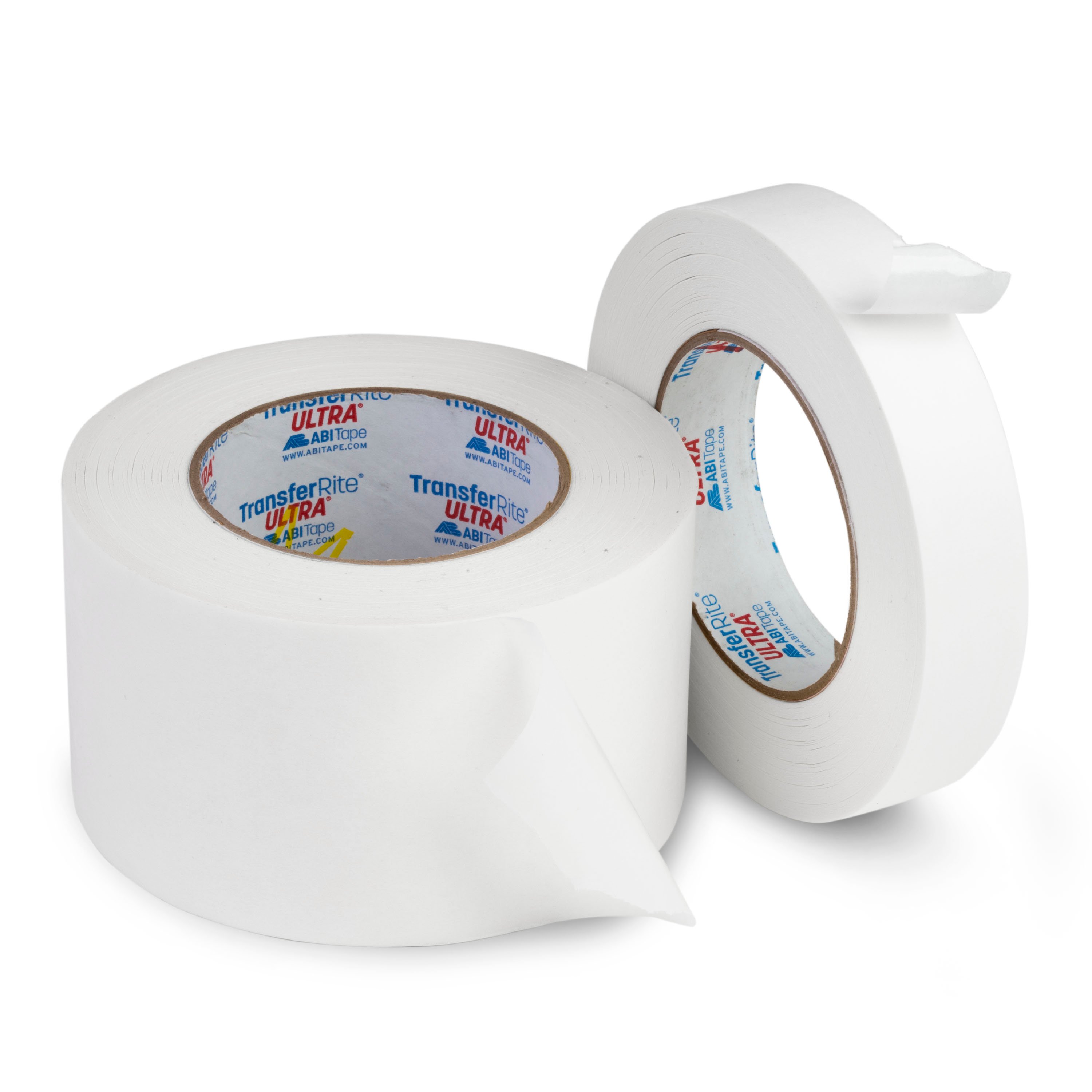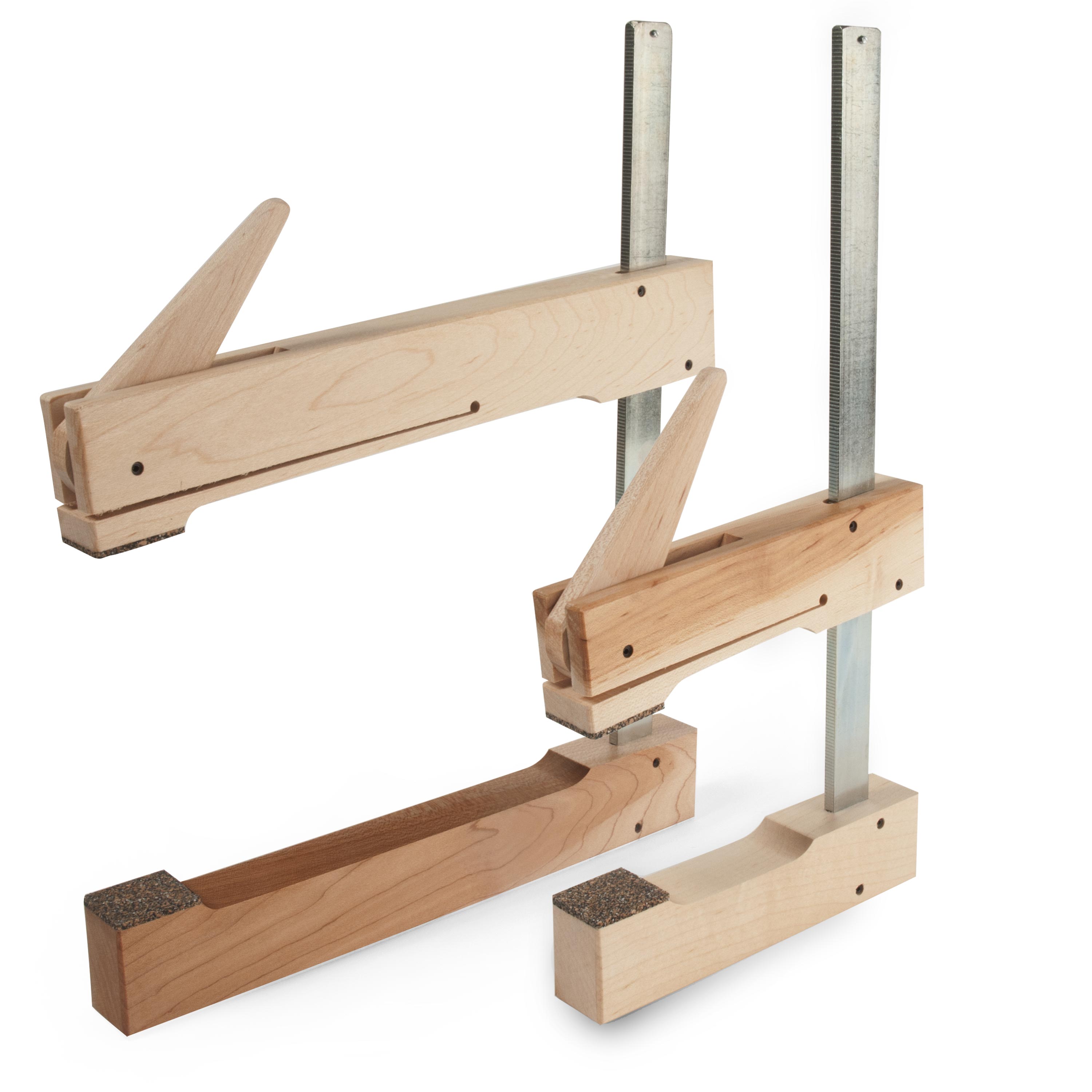How to Fix a Guitar Crack Caused by Humidity Damage
Issue 347 June 11, 2020
In this video, Dan demonstrates how to fix a crack in a boutique acoustic guitar caused by intense sun and humidity damage -- including a nifty trick for perfectly locating a cleat to hold the crack closed.
Video Transcription
Dan Erlewine: Today on the bench, I have a really nice acoustic guitar. It's a boutique made guitar and it has a crack in the top from back of the bridge all the way to here. It's actually been there through a couple of seasons. This guitar also sat in the window of a music store in the sun for a while. It's not surprising that it has a crack. Acoustic guitars are extremely sensitive to changes in humidity. In the summer, the guitar swells up. Your action might get higher than you like, because the wood's taken in moisture and in the winter it sinks, dries out. A lot of times with a crack like this, if it's a small crack and it's a pretty fresh one, if you were to take that guitar and humidify it, it can close up and then you can glue it.
The rehumidification method
To do that, you take a small bowl and a sponge full of water and you set it inside and put a hygrometer in there, as well. And then you can monitor the relative humidity. Slide it into a plastic garbage bag and set it down in flat surface and leave it overnight. Look at it the next day and sometimes it's like magic. That crack is closed. Then you can just reach right inside, gently push it open, work some glue into it, clean it, put a little plastic caul on it and clamp it. But it's spring here right now and it's been very rainy and this crack is still open. So I don't think that trick's going to work on this one.
Use a splint for larger cracks
Then there's cracks that are larger than this and don't close, and we'll take a piece of wood and send it down real small into a splint and glue that into the top. The crack here is way too small for a splint, so we're just going to take care of it as it is.
Reglue, clamp and cleat
To fix this thin crack, I'll reach through the sound hole and press upward gently to open the crack a little while I work glue into it from the outside, clean off the glue, and then clamp it lightly with a flat caul on the top and a piece of wax paper to keep the two sides of the crack level and flush. When a crack does close up nicely and you get glue in it, you have to ask yourself the question, am I done? Do I leave that or do I put a cleat on it to help hold it together from the inside? Sort of like stitches on a wound. I'm going to glue this crack from the outside, but I'm also going to cleat it. This is a little cleat, I'm going to get it inside and glue it right in there. Sometimes I'll glue it right angle. Maybe I'll put a little bit of an angle like that.
Trick for getting the cleat exactly where you want it
The problem is how do you get the cleat in the right spot without sliding around and wiping all the glue off of it? So here's a good tip for getting that cleat where you want it from Scott Holyfield, who's a repairman at Joe Glaser shop in Nashville. That's magnetic viewing film and this is a plastic cleat holder that holds the cleat while you place it. And there are two magnets in it, one on each side of the part that you're holding. When this goes underneath the magnetic film, you can see the magnets. You can even turn the cleat and watch which way you're going. So I want to end up here with my cleat and what I'm going to do is tape the magnetic film right in place. I know where the cleats going because I measured it out. I want about three and three eights back from the back edge of the bridge and I can bring it up and there it is.
I'm going to use the fresh Franklin's Titebond Hide Glue. It's not going to take a lot. If the glue gets too sticky, I just like to get a little water on it. I'm laying a little extra down here onto the plastic, actually, so that'll squeeze off where I want it. Okay, I got my shirt sleeve up to give me a little extra space in there, way back into the area coming up where I practiced, right there. I'm going to leave this crack straight in line, see if I hit the spot. I can check that with my little interior light I'm going to use. I just want to take a peek and man, I couldn't be any better than that. I might reach in there and press it a little bit more, but this is gripping good. It's tight. Now, you can see that clear as the bell. You can also see towards the backside about a quarter inch of little glue smear where I first hit and then I pulled it back on center.
That's hardly any glue and I feel really good about the way it's held already when it's dry. I wouldn't try to mess with it now and knock the cleat off. I can go in there with some hot water on a rag and clean the excess glue out. That did it. I'm not going to touch this for 24 hours. Let that dry. That looks good, and it'll stay put. If you want to avoid cracks like this, you need to have good humidification in your house. Wherever your skin's not splitting and you're not feeling all dry, your guitar will feel the same way and it's not a bad idea to have a hygrometer in your shop or in your house. If you enjoy these little videos and would like to help us keep them coming, subscribe to our YouTube channel. It helps a lot.



